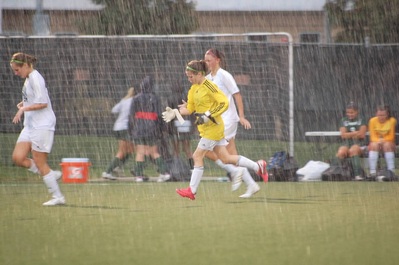While the weather as a whole is a serious matter, it helps that once in a while people take a break and find some humor and entertainment in it. There are countless pop culture references pertaining to the weather. Entire disaster movies have been built around its theories and concepts. Let’s take a look at one of the more amusing aspects of weather – the conspiracy theories.
 |
| Image Source: guardian.ng |
The European Rain Thieves
Mahmoud Ahmadinejad was known to be a conspiracy freak. Many have also considered him to be deranged. But that didn’t stop Iran from making him president. One of the most famous conspiracy theories Ahmadinejad came out with during his regime was that of European nations actually stealing rain.
Ahmadinejad theorized that the countries of Europe had come up with a device that drained rain clouds over Iran and took them westward to Europe.
Fair Radiation Servings
Solar radiation management, otherwise known as SRM, refers to a set of methods and techniques that help lower radiation from the sun. The primary means of SRM is to spray chemicals that reflect radiation back into space. While governments all around the world have applauded this effort to reduce radiation, global warming, and climate change in general, conspiracy theorists are quick to suspect that there are sinister intentions behind this, and that countries are using SRM to control weather and use it as a weapon.
 |
| Image Source: watchers.news |
Jim Byrne is a consulting meteorologist for the Weather Channel show “So You Think You’d Survive” and an active member and past president of the Rancho Maria Men’s Golf Club. He is the former chief meteorologist for KCOY CBS-12 and freelance weekend meteorologist at NBC Bay Area. For more updates from Jim Byrne, click here.







